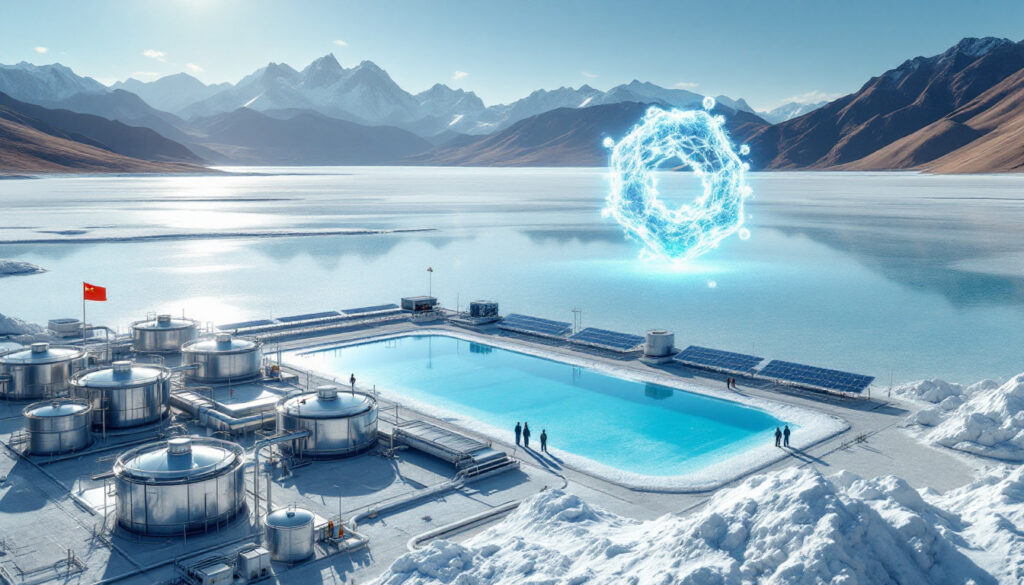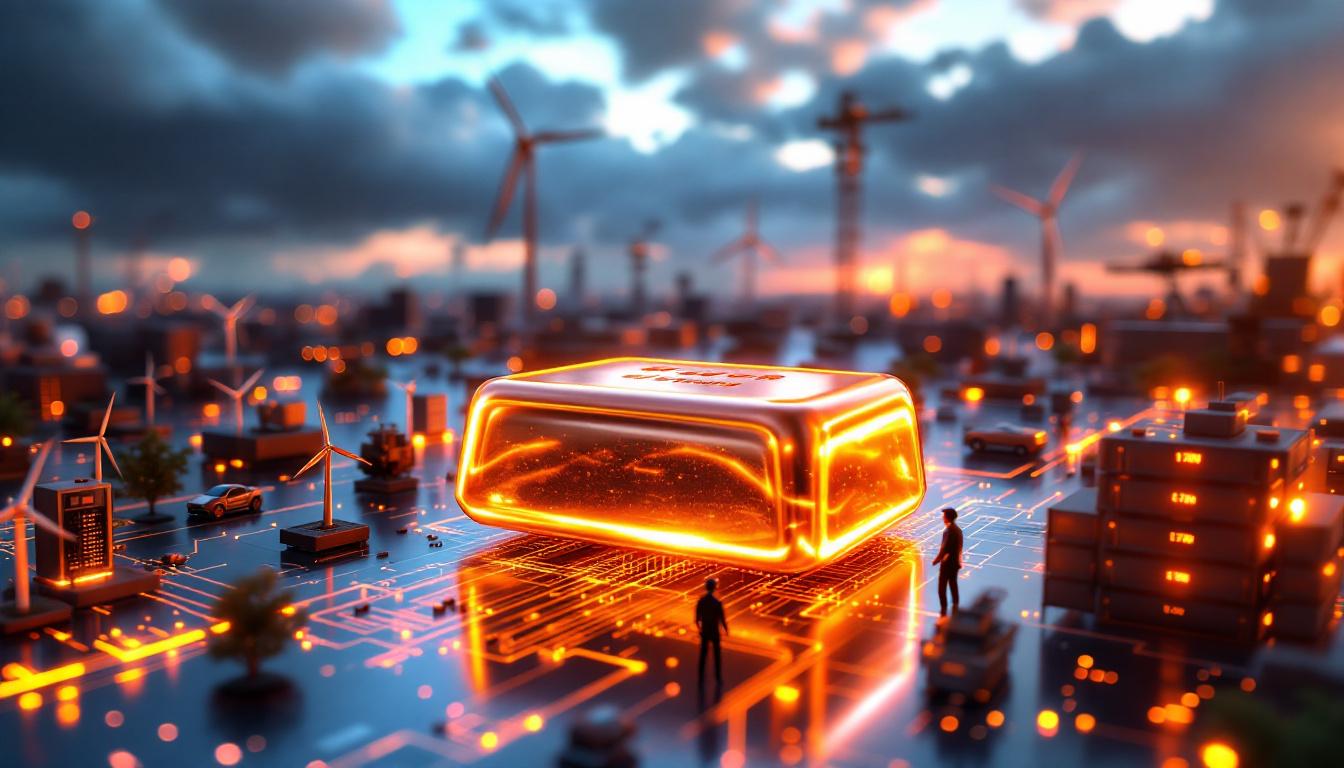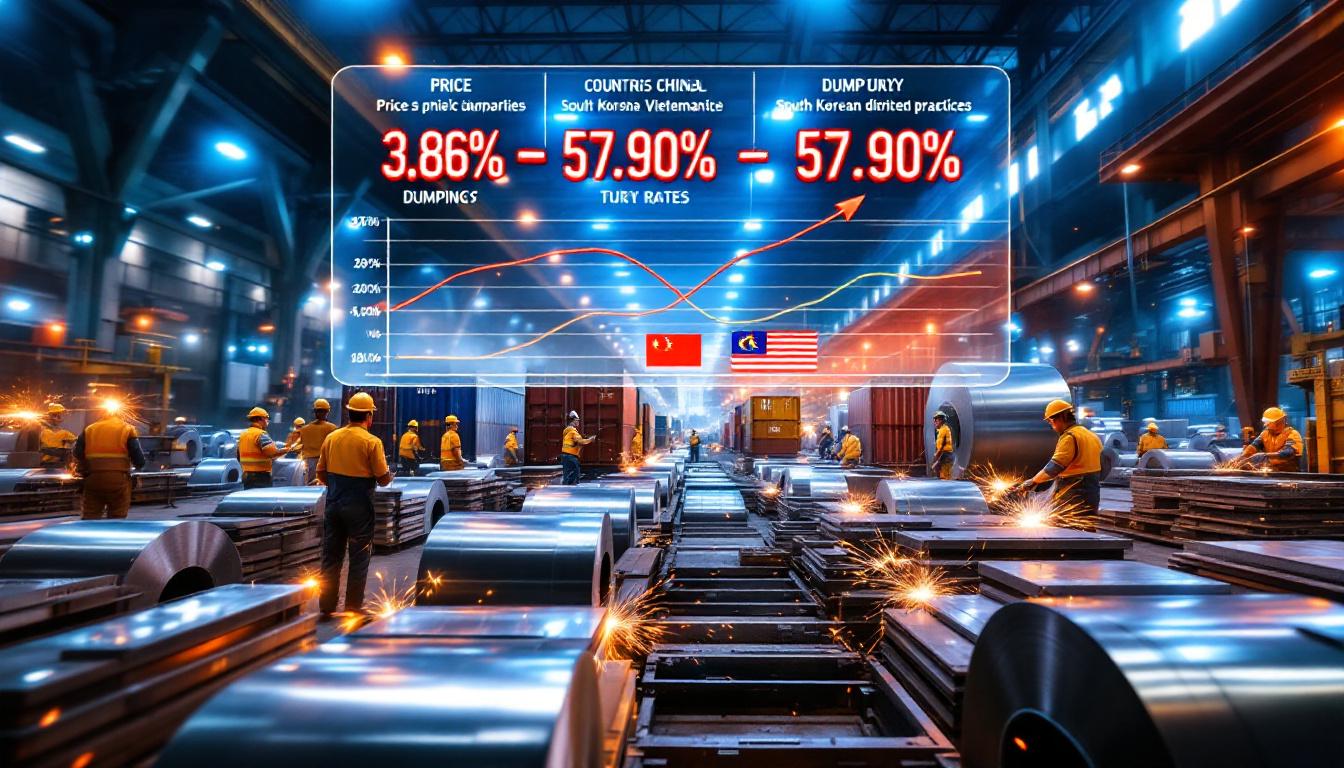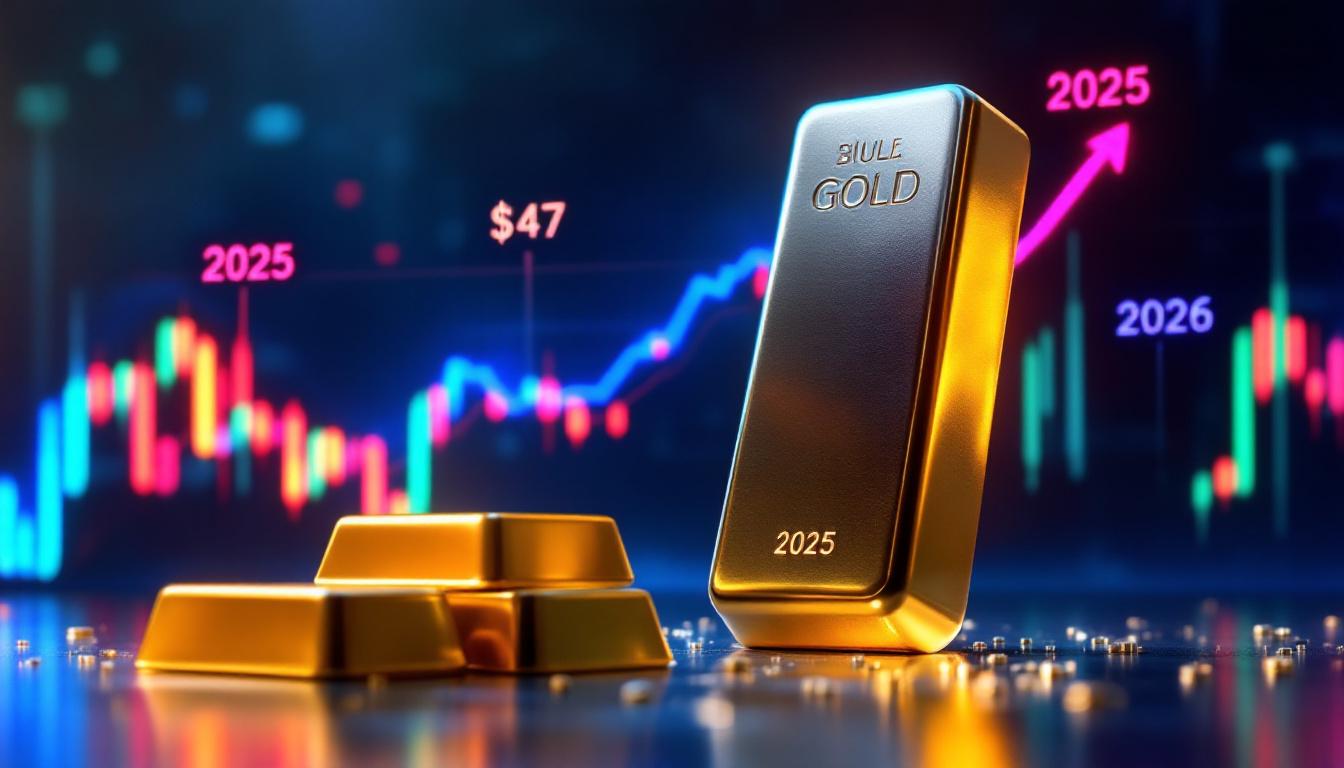What is the Salt Lake Lithium Extraction Project in Tibet?
The Salt Lake lithium extraction project in Tibet is a major initiative aimed at addressing global lithium shortages through innovative extraction technologies. Located in Tibet, China, this project leverages advanced adsorption-separation technology and photovoltaic energy to extract lithium from salt lake brines in a sustainable manner. The project represents a significant advancement in lithium production, particularly as global demand for this critical mineral continues to surge with the growing electric vehicle and renewable energy storage markets.
Project Overview and Significance
The project utilizes cutting-edge membrane technology developed by PolyCera, transforming how lithium is extracted from salt lake brines. Traditional lithium extraction methods often involve extensive evaporation ponds or energy-intensive hard-rock mining, both of which have substantial environmental footprints.
By contrast, PolyCera's approach employs specialized Hydro-UF membranes that can directly process brine solutions without the months-long evaporation typically required. This represents a paradigm shift in innovative lithium extraction efficiency, with processing times reduced from months to mere hours.
Tibet's salt lake region contains some of China's most significant lithium reserves, estimated at over 2 million metric tons of lithium carbonate equivalent. The strategic positioning of this project allows for direct access to these vast resources while minimizing transportation and logistical challenges.
A key differentiator of this project is its use of photovoltaic energy for operations. The high-altitude Tibetan plateau receives exceptional solar radiation, making it ideal for solar power generation. The project's 50-megawatt solar installation provides approximately 70% of the facility's energy needs, reducing carbon emissions by an estimated 45,000 tons annually.
How Does PolyCera's Technology Work in Lithium Extraction?
PolyCera's innovative membrane technology has revolutionized lithium extraction, offering a more efficient and environmentally friendly alternative to conventional methods.
Technical Specifications of PolyCera's Membrane Technology
The Hydro-UF membrane technology effectively separates magnesium hydroxide precipitates at concentrations exceeding 700mg/liter, a level that would clog or damage most conventional membranes. This high tolerance for precipitates eliminates several pre-treatment steps traditionally required in lithium processing.
One of the most remarkable aspects of PolyCera's membranes is their ability to function at extremely high pH levels, approximately 13, without requiring pre-treatment. This characteristic is crucial for lithium extraction, as the process naturally creates highly alkaline conditions that would typically degrade standard filtration systems.
The membranes demonstrate exceptional chemical resistance through their innovative monolith module design. Unlike traditional spiral-wound membranes, the monolith configuration provides structural integrity under harsh chemical conditions while maintaining optimal flow dynamics.
Operating at significantly lower pressure than conventional membranes (15-20% reduction), PolyCera's technology achieves this efficiency through enhanced hydrophilicity and high water permeability, with flux rates of 10-12 L/m²/h/bar. This translates directly to reduced energy consumption and operational costs.
Perhaps most impressive is the membrane's ability to maintain functionality at temperatures below 40°F during winter conditions in Tibet's high-altitude environment. This cold-weather performance overcomes one of the most significant challenges of operating extraction facilities in remote, harsh climates.
Advantages Over Traditional Extraction Methods
Traditional lithium extraction typically requires extensive pre-treatment processes including multiple clarification, filtration, and chemical treatment steps. PolyCera's technology eliminates several of these stages, streamlining operations and reducing chemical consumption by approximately 40%.
The energy efficiency of PolyCera's system represents a major advancement. By operating at lower pressures while maintaining high throughput, the system consumes approximately 30% less energy than conventional extraction methods, resulting in both environmental and economic benefits.
The membranes' ability to withstand Tibet's extreme temperature variations—from below freezing in winter to warm summer days—ensures consistent year-round production. Traditional systems often require seasonal adjustments or face reduced efficiency during cold periods.
Performance in harsh chemical environments is another key advantage. The specialized membrane composition provides reliable operation even when exposed to the highly alkaline conditions necessary for lithium extraction, eliminating the frequent membrane replacements that plague conventional systems.
Phase One Achievements and Results
The first phase of the Salt Lake lithium extraction project has already demonstrated remarkable success, validating PolyCera's innovative approach and establishing the foundation for future expansion.
Implementation and Capacity
Phase one successfully implemented a membrane system with 1,900m³/h capacity, exceeding initial performance targets by approximately 15%. This system now processes enough brine to produce approximately 5,000 metric tons of lithium carbonate annually.
The technology demonstrated exceptional viability in real-world conditions, maintaining consistent performance despite the challenging Tibetan climate. Winter operations showed less than 5% reduction in throughput compared to optimal conditions, a significant improvement over conventional systems that typically experience 15-20% seasonal efficiency losses.
The project team established comprehensive operational protocols specifically tailored to the Tibetan salt lake environment, creating standardized procedures for maintenance, performance optimization, and response to varying brine compositions. These protocols now serve as the foundation for phase two implementation.
Rigorous testing validated extraction efficiency and product quality metrics, with the system consistently achieving lithium recovery rates exceeding 90% while producing battery-grade lithium carbonate with 99.5% purity. This high-quality output meets or exceeds international standards for battery manufacturing applications.
What Does Phase Two Expansion Entail?
Following the successful completion of phase one, PolyCera has secured the contract for phase two, which represents a significant scaling up of operations to meet growing global demand for lithium.
Expanded Treatment Capacity
Phase two will dramatically increase processing capacity by an additional 2,300m³/h, bringing the total system capacity to 4,200m³/h. This expansion effectively more than doubles the project's lithium production potential.
When fully operational, the expanded facility will process more than 100,000m³ of brine daily, making it one of the largest and most advanced lithium extraction operations in the world. This scale demonstrates the commercial viability of PolyCera's approach beyond pilot projects.
The project is scheduled for completion by June 2025, with construction already underway following the successful validation of phase one technology. The timeline includes three months of commissioning and optimization to ensure seamless integration with existing operations.
This expansion represents substantial scaling of proven technology rather than experimental implementation, reducing technical risks while maintaining the innovative advantages of PolyCera's approach. The expanded facility will incorporate lessons learned from phase one to further enhance efficiency and reliability.
PolyCera's Comprehensive Solution Package
PolyCera is providing a complete membrane solution including approximately 5,000 membrane elements, pressure vessels, and custom-designed rack systems optimized for the specific chemical composition of Tibet's salt lake brines.
The company's turnkey implementation approach encompasses system design, installation, commissioning, and operator training, ensuring that local teams develop the expertise necessary to maintain optimal performance long-term.
A key aspect of phase two is its seamless integration with existing phase one infrastructure, including shared power systems, control rooms, and processing facilities. This integration maximizes efficiency while minimizing additional land use and infrastructure requirements.
The system incorporates performance optimizations based on phase one learnings, including enhanced automation, improved flow distribution, and refined chemical dosing protocols that further increase recovery rates while reducing operational costs by an estimated 10-15%.
Why is Lithium Extraction from Salt Lakes Important?
Lithium has become a critical resource in the global transition to renewable energy and electric transportation, making efficient extraction methods increasingly valuable in meeting growing demand.
Lithium's Role in the Global Economy
Lithium is an essential component for renewable energy storage systems, providing the high energy density and cycle stability needed for grid-scale batteries that enable integration of intermittent renewable sources like wind and solar power.
As a critical material for electric vehicle battery production, lithium demand is projected to triple by 2030. Current global lithium production stands at approximately 540,000 metric tons of lithium carbonate equivalent annually, while projections suggest demand could reach 1.5 million metric tons by 2030.
The growing demand is driven by global electrification trends, with major economies establishing ambitious targets for electric vehicle adoption and renewable energy deployment. For instance, China aims for 40% of vehicle sales to be electric by 2030, while the European Union targets 55% reduction in emissions by the same year.
Lithium's strategic importance in the clean energy transition has elevated it from a niche industrial material to a geopolitically significant resource, with countries increasingly viewing secure lithium supplies as critical to economic and energy security.
Environmental Advantages of Salt Lake Extraction
Salt lake lithium extraction significantly reduces land disturbance compared to traditional mining operations. While hard-rock lithium mines typically disturb 15-20 hectares per 1,000 tons of lithium produced, brine operations require only 3-4 hectares for equivalent output.
Water consumption in salt lake extraction is substantially lower than hard-rock lithium mining. Traditional mining can consume up to 500,000 gallons of water per ton of lithium, while advanced brine extraction methods like PolyCera's reduce water usage by up to 70%.
The high-altitude regions where many salt lakes are located offer excellent potential for solar-powered operations. The Tibetan plateau receives approximately 2,000-3,000 hours of sunshine annually, making it an ideal location for integrating renewable energy into extraction operations.
The overall carbon footprint of salt lake lithium extraction using PolyCera's technology is estimated to be 30-40% smaller than conventional extraction methods, primarily due to reduced energy requirements, minimal chemical usage, and integration of renewable power sources.
How Does This Project Address Global Lithium Supply Challenges?
The Salt Lake lithium extraction project represents a strategic response to increasing global demand for lithium and potential supply constraints that could otherwise hinder the clean energy transition.
Market Impact and Supply Chain Implications
By increasing global lithium production capacity, the project helps bridge the anticipated gap between supply and demand. Industry analysts project a lithium supply deficit of approximately 300,000 metric tons by 2030 without significant production increases.
The project diversifies supply sources beyond traditional mining regions in Australia, Chile, and Argentina (the "Lithium Triangle"), which currently account for approximately 85% of global production. This diversification reduces vulnerability to regional disruptions or political instability.
Introduction of more efficient extraction technology to the market creates a ripple effect, encouraging innovation throughout the industry. PolyCera's demonstration of commercial viability at scale provides a template for similar projects in salt lake regions worldwide.
The project addresses potential bottlenecks in the lithium supply chain by establishing a direct path from extraction to processing within China's industrial ecosystem. This vertical integration reduces logistical complexities and accelerates the conversion of raw lithium into battery-ready materials.
China's Strategic Position in Lithium Production
The project aligns with China's January 2025 proposed export controls on lithium extraction and processing technologies, which reflect the country's recognition of lithium as a strategically critical resource worthy of protection.
By developing and implementing advanced extraction technology domestically, China strengthens its position in the global lithium supply chain. Currently, China controls approximately 60% of lithium processing capacity worldwide while producing only about 13% of raw lithium materials.
The technological advancement demonstrated in Tibet represents a significant step in diversifying critical minerals processing capabilities. China's investment in these technologies enables it to process lower-grade resources economically, expanding the viable resource base.
The project demonstrates China's commitment to dominating battery material production across the entire value chain. By securing both raw materials and processing technology, China aims to maintain its leading position in electric vehicle battery manufacturing, which currently accounts for 75% of global capacity.
Who Are the Key Players in This Project?
The success of the Salt Lake lithium extraction project relies on collaboration between technology providers and project developers, leveraging specialized expertise in membrane technology and resource extraction.
PolyCera's Leadership and Expertise
PolyCera operates as a specialized brand of PSP.US focused on advanced membrane technology applications for challenging separation processes. The company brings over a decade of experience in membrane development for industrial applications.
The company is led by CEO Jianbo Wen, whose background combines material science expertise with practical experience implementing membrane systems in extreme environments. This leadership has been instrumental in adapting membrane technology to the unique challenges of lithium extraction.
Technical direction comes from VP of Product Jinwen Wang, whose team developed the specialized membrane chemistry capable of withstanding highly alkaline conditions while maintaining high flux rates. This technical capability differentiates PolyCera from conventional membrane providers.
The company has demonstrated proven capabilities in handling complex water and wastewater challenges across multiple industries before applying this expertise to lithium extraction. Previous projects in mining and chemical processing provided valuable insights that informed the Tibet project design.
PolyCera's successful implementation in phase one established their credibility in the lithium extraction space. The system achieved 98% uptime during its first year of operation, significantly outperforming industry standards for new installations in remote locations.
What Technical Challenges Does Salt Lake Lithium Extraction Face?
Extracting lithium from salt lakes presents unique technical challenges that PolyCera's technology addresses through innovative material science and engineering solutions.
Overcoming Extreme Conditions
Managing high alkalinity (pH ~13) in brine solutions requires exceptional chemical resistance. Traditional membranes typically degrade within weeks in such environments, while PolyCera's specialized composition maintains performance for over 18 months before requiring replacement.
Operating effectively in sub-freezing temperatures (below 40°F) represents a significant engineering challenge. The system incorporates thermal management systems and specialized membrane materials that maintain flexibility and performance even during Tibet's harsh winters.
Processing high concentrations of magnesium hydroxide precipitates (>700mg/L) without membrane fouling requires precise flow control and membrane surface chemistry. PolyCera's Hydro-UF membranes feature a proprietary surface treatment that prevents adhesion of precipitates while maintaining optimal flux.
Maintaining membrane performance in harsh chemical environments necessitates both material innovation and system design optimization. The modular configuration allows for selective maintenance without shutting down the entire system, achieving approximately 98% operational availability.
Innovative Solutions Implemented
PolyCera developed specialized membrane chemistry incorporating ceramic nanoparticles within a polymer matrix, creating exceptional chemical resistance while maintaining mechanical flexibility. This hybrid approach overcomes the brittleness of purely ceramic membranes while providing superior chemical stability compared to conventional polymers.
The monolith module design represents a significant innovation for structural integrity under challenging conditions. Unlike spiral-wound configurations that can collapse under pressure fluctuations, the monolith structure distributes forces evenly, extending operational life by approximately 40%.
Hydrophilic membrane properties enhance flow characteristics and reduce fouling, resulting in more consistent performance with minimal cleaning requirements. The membranes maintain over 90% of initial flux after six months of operation, compared to 50-60% for conventional alternatives.
The system operates with optimized pressure parameters for energy efficiency, employing variable frequency drives and automated pressure regulation to maintain optimal conditions despite fluctuations in brine composition and temperature. This adaptive approach reduces energy consumption by approximately 25% compared to fixed-parameter systems.
What is the Future of Salt Lake Lithium Extraction?
The Salt Lake lithium extraction project represents a significant advancement in lithium production technology with implications for future developments across the global battery materials supply chain.
Scalability and Replication Potential
The proven technology can be deployed at other salt lake sites globally, including locations in Argentina, Bolivia, and Chile with similar brine compositions. PolyCera estimates that their approach could be adapted to extract lithium from approximately 70% of known brine resources worldwide.
The modular design allows for incremental capacity expansion without disrupting existing operations. Additional processing trains can be added in 500m³/h increments, enabling gradual scaling in response to market demand or as financing becomes available.
Established operational parameters from the Tibet project are largely transferable to similar projects, reducing development time and risk for future implementations. The company has created standardized design packages that can be customized for specific brine compositions and local conditions.
Operational data from the Tibet project provides the foundation for further technological refinements, with ongoing research focused on increasing recovery rates from the current 90% to potentially 95+% through membrane surface modifications and optimized operating protocols.
Integration with Renewable Energy
The project's photovoltaic energy utilization demonstrates the viability of powering extraction operations with renewable sources, even in remote locations. The 50MW solar installation provides approximately 70% of the facility's energy needs during daylight hours.
The high-altitude location provides excellent solar resource potential, with approximately 2,800 hours of sunshine annually and intensity approximately 20% higher than sea-level locations at the same latitude. This abundant solar resource makes renewable integration particularly advantageous.
Reduced carbon footprint from renewable energy integration aligns with sustainability goals in the battery supply chain. Major automotive manufacturers increasingly require disclosure of embedded carbon in battery materials, making low-carbon lithium production a competitive advantage.
The Tibet project serves as a model for future green lithium production facilities, demonstrating that environmental responsibility and economic viability can be achieved simultaneously. The system's energy efficiency combined with renewable integration results in an estimated 60% reduction in carbon emissions compared to conventional lithium production methods.
FAQ About PolyCera and Salt Lake Lithium Extraction
What makes PolyCera's membrane technology unique for lithium extraction?
PolyCera's Hydro-UF membrane technology offers superior chemical resistance, allowing it to operate in highly alkaline environments (pH ~13) without pre-treatment. It can separate magnesium hydroxide precipitates at concentrations exceeding 700mg/L while functioning at temperatures below 40°F, making it uniquely suited for the challenging conditions of
Want to Be Alerted to the Next Major Mineral Discovery?
Discovery Alert's proprietary Discovery IQ model scans ASX announcements in real-time, providing instant notifications about significant mineral discoveries before the broader market reacts. Explore how major discoveries can generate substantial returns by visiting the Discovery Alert discoveries page and secure your 30-day free trial today.




